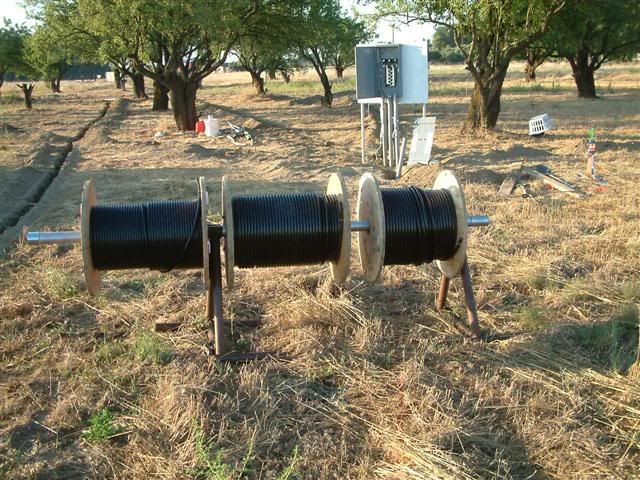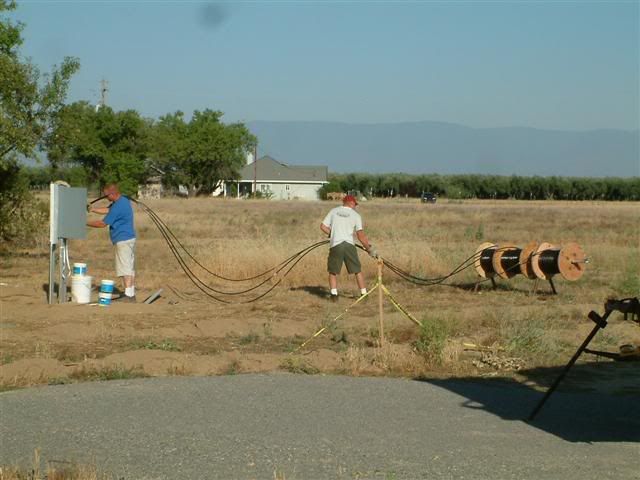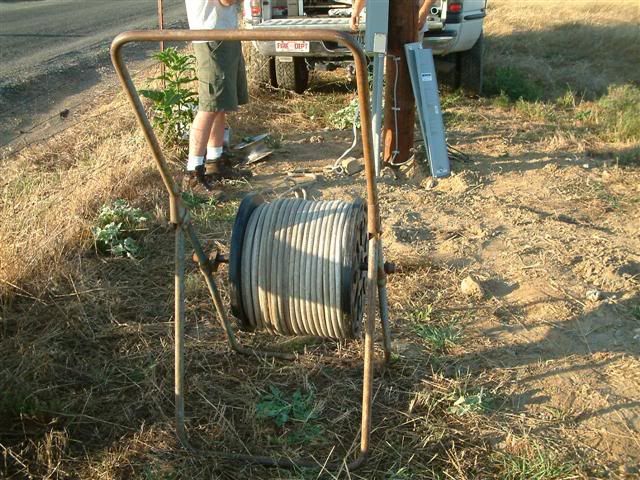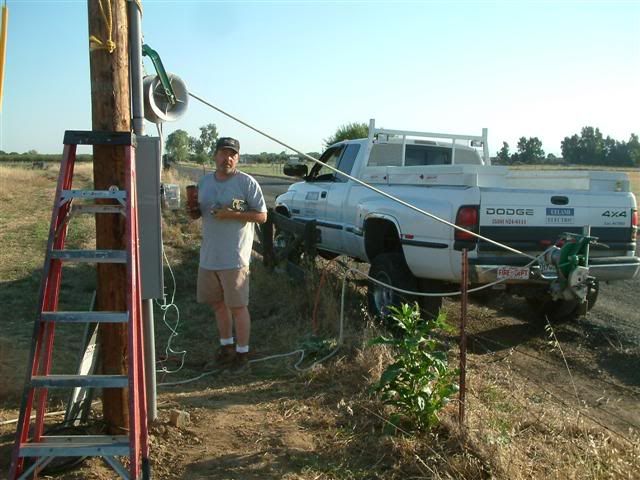hr3
Veteran Member
Ihfarm,,
A master electrician here,,been one for several years.. Be very cautious here asking for advice,, there are lots of ways of doing things,,,but only one way of doing it right,, and easy.. speaking of easy..just think of sliding 10' of conduit 300 some odd feet up your trench over your wire.one piece at a time..then glueing it to the piece already in the dirt..dosn't work never has been easy...
Put all the pipe together outside the trench and then back fill..don't forget the marking tape about 6" down from the surface.. Your expansion joints will go under your meter..none on the pole...speaking of the pole...Oooo you didn't spec. if it was from a pole or an underground transformer... Your local utitily will be able to give you the specs they want for each..and the will tell you what size conduit to use also..me i'd go with 2 1/5 inch..a bit more money but it will make it easyer to pull in and also down the line it will be easyer to pull the old out and replace it,,,I maine where I am the utility wants us to use 250 mcm not 4/0 over the 300 foot limit..voltage drop over your long run should be figured...again your utility will help you with that..
As for puling it in the pipe when your done..drop me a line I think my mail in in my profile...it's easyer than you think..
A master electrician here,,been one for several years.. Be very cautious here asking for advice,, there are lots of ways of doing things,,,but only one way of doing it right,, and easy.. speaking of easy..just think of sliding 10' of conduit 300 some odd feet up your trench over your wire.one piece at a time..then glueing it to the piece already in the dirt..dosn't work never has been easy...
Put all the pipe together outside the trench and then back fill..don't forget the marking tape about 6" down from the surface.. Your expansion joints will go under your meter..none on the pole...speaking of the pole...Oooo you didn't spec. if it was from a pole or an underground transformer... Your local utitily will be able to give you the specs they want for each..and the will tell you what size conduit to use also..me i'd go with 2 1/5 inch..a bit more money but it will make it easyer to pull in and also down the line it will be easyer to pull the old out and replace it,,,I maine where I am the utility wants us to use 250 mcm not 4/0 over the 300 foot limit..voltage drop over your long run should be figured...again your utility will help you with that..
As for puling it in the pipe when your done..drop me a line I think my mail in in my profile...it's easyer than you think..




